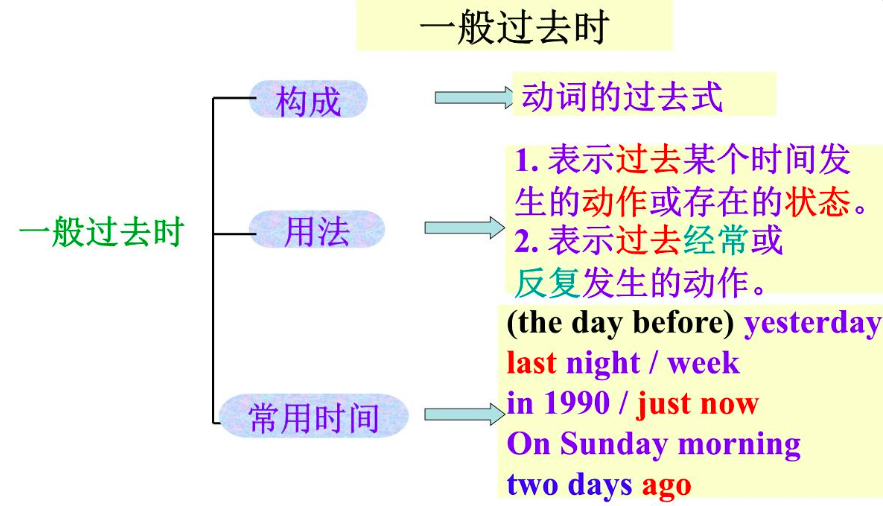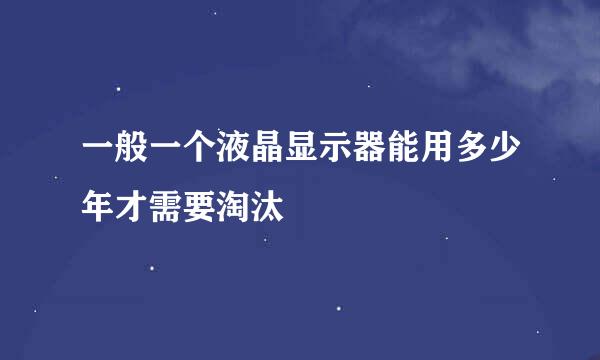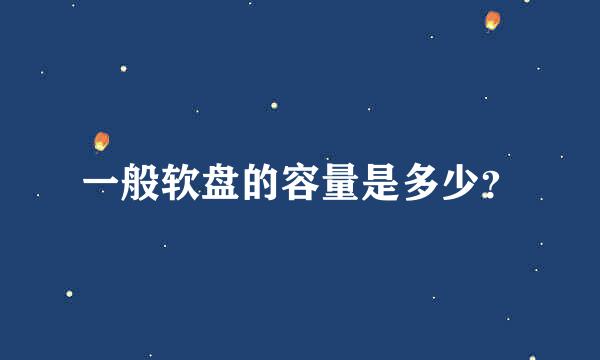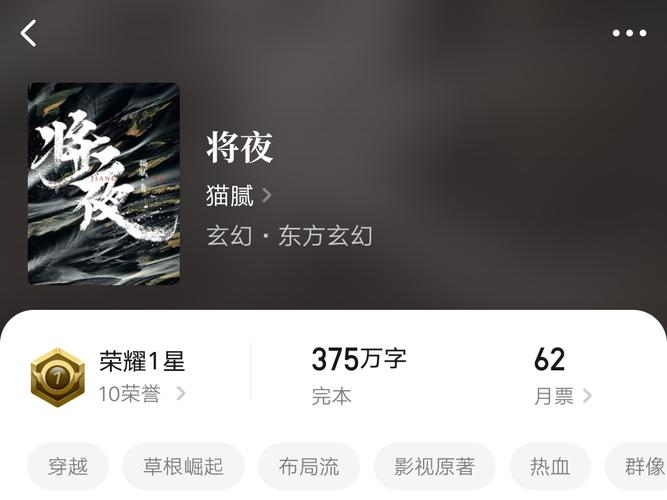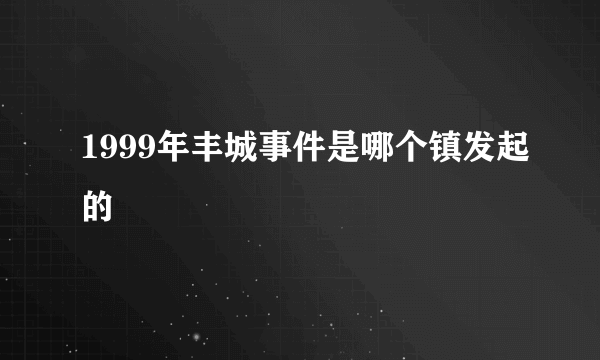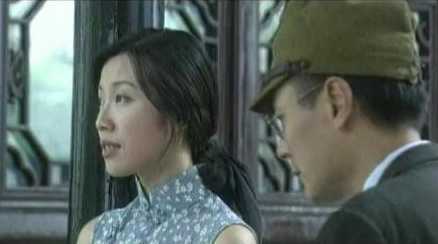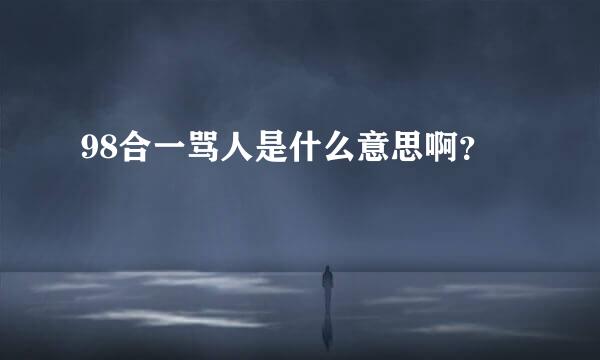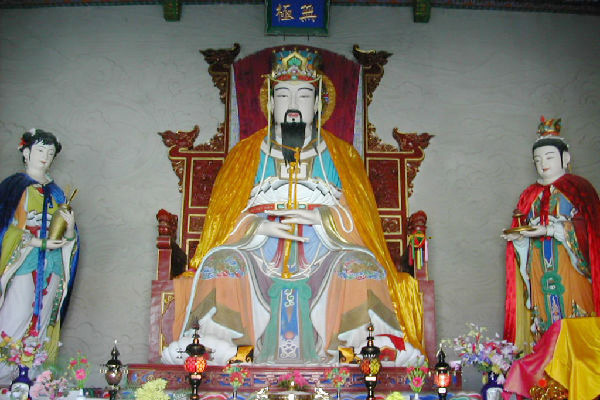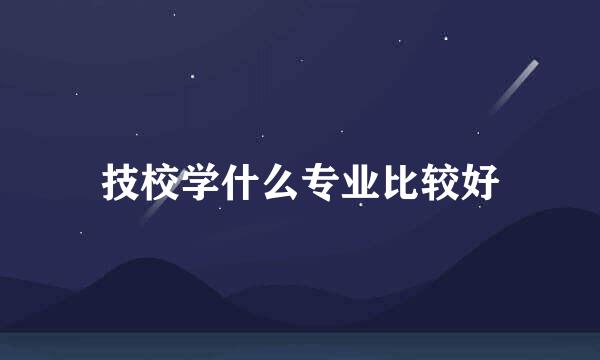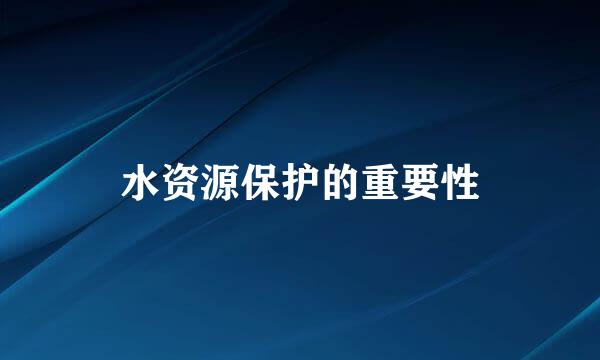1、清伍定义:
一般过去时表示过去某个时间里发生的动作或状态;过去习惯性、经常性的动作、行为。在英语语法中,“时“指动作发生的时间,”态“指动作的样子和状态。
2、结构:
1)肯定形式
主语+动词过去式+其它
例句:She came to help us in those day.
她这些天来帮助我们了。
2)否定形式
主语+didn't +谓语动词原形+其它
①was/were+not
②在行为动词前加didn't,同时还原行为动词
例句:I didn't know you like coffee.
我不知道你喜欢咖啡。
3)一般疑问句
①Did+主语+谓语动词原形+其它?
②Was/Were+主语+表语?
例句:Did I do homework?
你做作业了吗?
4)特殊疑问句
疑问词+ did+主语+动词原形+其它?
疑问词+was/were+物主代词/...'s+sth.?
3、时间标志词
yesterday (morning,afternoon,evening);the day before yesterday;ast night (week,Sunday,weekend,month,winter,year,century 世纪);ago.
this morning/afternoon/evening;when引导的状语从句(动词过去时);just now;the other day -- a few days ago;at the age of 10 (过去年龄段);in the old days.
扩展资料:
相关用法:
1、一般过去时表示在过去某个特定时间发生,也可以表示过去习惯性、经常性的动作。一般不强调动作的影响,只说明禅卜的事情。
句式:主语+动词过去式+宾语+其它
2、一般过去时常与表示过去的时间状语或从句连用,如:yesterday,last week ,in the past ,in 1993,at that time,once,during the war,before,a few days ago,when 等等。
3、表示过去连续发生的动作时,要用过去时。这种情况下,往往没有表示过去的时间状语,而通过上下文来表示。
4、表示在此之前一段时间内经常或反复的动作。常与always,never等连用。
5、如果强调已经终止的习惯时要用 used to do(过去常常做,而不那样做了)
参考资料来源:百度百科贺正穗-一般过去时
标签:过去,一般

